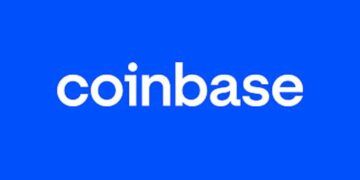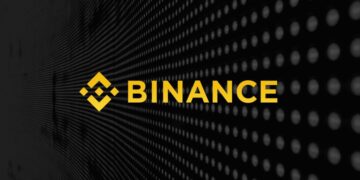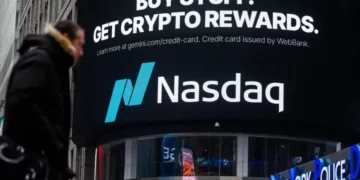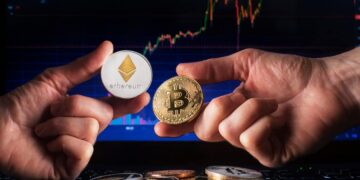Binance, the world’s largest crypto trade, mentioned it’ll checklist the not too long ago launched new LUNA token after a profitable airdrop final week.
However the token shall be listed underneath Binance’s “innovation zone,” a buying and selling platform for brand new, high-risk tokens. Buying and selling within the tokens will open on Might 31.
LUNA 2.0 had a reasonably risky launch, tumbling as a lot as 80% within the first few hours of commerce on Saturday. The token seems to have stabilized for now, and is buying and selling at round $5.
About 1 billion new LUNA tokens had been airdropped to holders on the outdated Terra blockchain, which is now referred to as Terra Basic. Binance and most different exchanges had supported the airdrop.
Binance lists LUNA 2.0 as high-risk asset
In its announcement of the itemizing, Binance reiterated that the Innovation Zone consists of tokens that pose a a lot increased threat than different cryptos. Different tokens listed on the platform embrace Elron Community (ERD), KAVA, and Sandbox (SAND).
Terra 2.0 (LUNA) is a brand new token which will pose a higher-than-normal threat, and as such could also be topic to cost volatility.
Binance requires merchants to finish a questionnaire as a part of the preliminary disclaimer for buying and selling within the Innovation Zone.
Different exchanges didn’t seem like as cautious as Binance. Communications from majors comparable to OKX, Huobi, Kucoin and Bybit counsel they’ve enabled common spot buying and selling for the token after elevating sufficient liquidity.
Binance’s stance may additionally stem from CEO Changpeng Zhao, who had harshly criticized the Terra crash, in addition to founder Do Kwon.
Launch is available in lower than a month since Terra crash
The brand new LUNA comes lower than a month after Terra Basic misplaced practically all of its worth in a historic crash via Might. This was triggered largely by the depegging of its stablecoin UST.
Terra 2.0 doesn’t embrace the stablecoin, and has additionally excluded the personal wallets of Do Kwon, Terraform Labs and the Luna Basis Guard- the three entities extensively held chargeable for the crash.
Nonetheless, LUNA Basic (LUNC) and UST costs rose after the airdrop.
The offered content material might embrace the non-public opinion of the writer and is topic to market situation. Do your market analysis earlier than investing in cryptocurrencies. The writer or the publication doesn’t maintain any accountability to your private monetary loss.












![Why Ethereum [ETH] address outflows may be headed for DeFi](https://cryptonoiz.com/wp-content/uploads/2023/03/AMBCrypto_An_image_of_a_stylized_Ethereum_logo_with_arrows_poin_22f2aeff-c7bb-4c7d-aec7-547a37a35e82-1-1000x600-360x180.jpg)





























